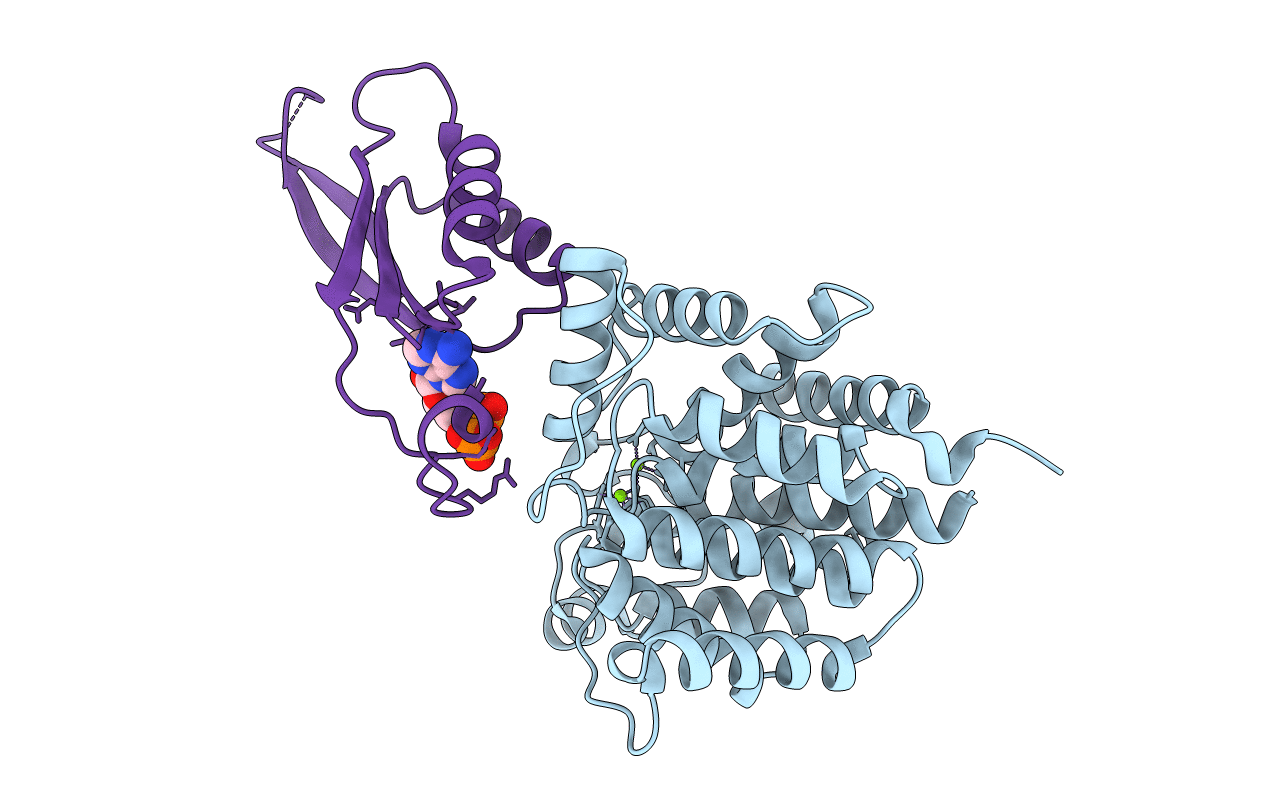
Deposition Date
2010-07-28
Release Date
2011-10-05
Last Version Date
2023-11-01
Entry Detail
Biological Source:
Source Organism:
Azospirillum brasilense (Taxon ID: 192)
Host Organism:
Method Details:
Experimental Method:
Resolution:
2.09 Å
R-Value Free:
0.19
R-Value Work:
0.15
R-Value Observed:
0.15
Space Group:
H 3


